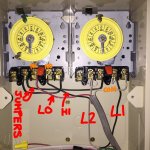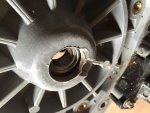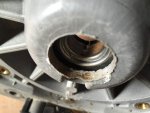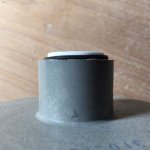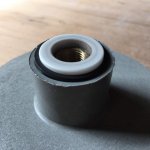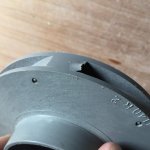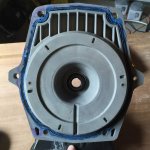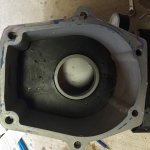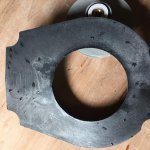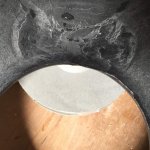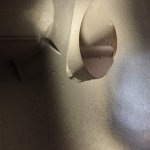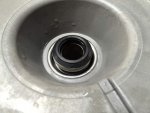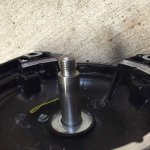Keep in mind, the low speed is a higher resistance winding than the high speed, and your meter is also high resistance.
Unfortunately, you don't have a LoZ function on the 325 meter which is a low impedance function.
This helps eliminate ghost voltage readings. Ghost voltage is basically a potential voltage with no current behind it. I would check the current on the same wire that's showing 12V. If there is nothing, it's likely just ghost voltage due to the high impedance meter, which means the 12v is nothing to worry about.
Here's an example.
Trip your gfci outlet in your bath room. Set your meter to volts. Place one lead on the hot 120v (which is dead due to the trip), and the other lead to your thumb.
What do you read???
Well, your meter shows voltage, or a potential difference, but you're not getting electrocuted, so there's actually no current flowing.
If you had a Fluke 117 with LoZ, you would see there is 0 volts from hot to your thumb when the switch is tripped.
This is because a standard meter has high impedance, known as Z.


